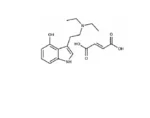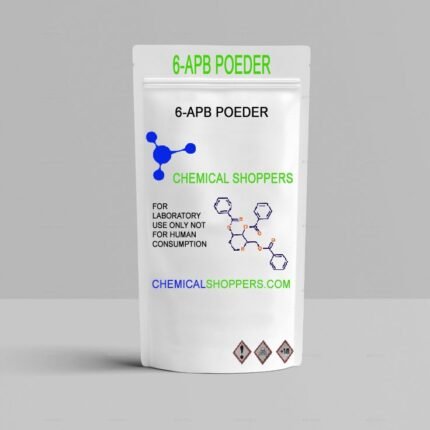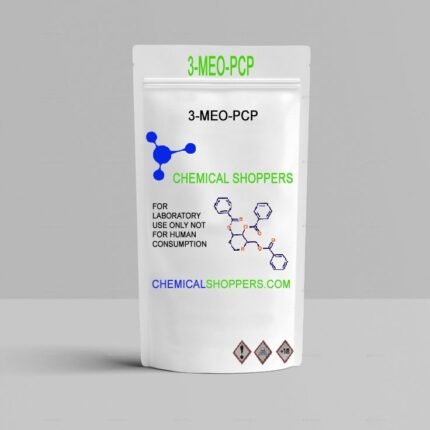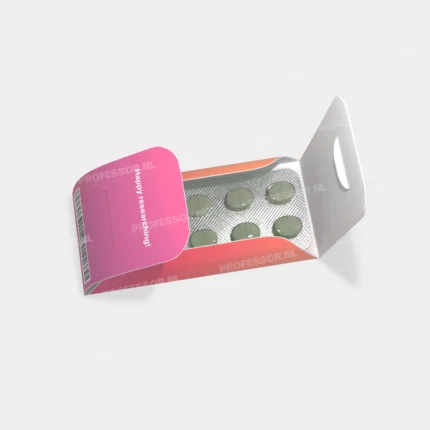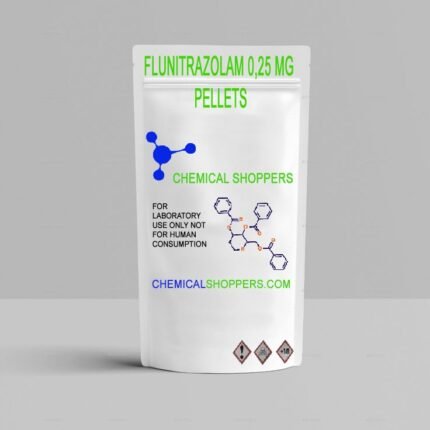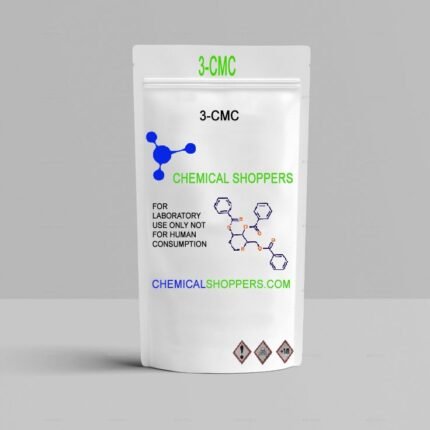4-HO-DET fumarate
4-HO-DET is a substance that is only sold for research purposes and is therefore not intended for consumption.
4-HO-DET will remain stable for up to 2 years when stored in the right environment. 4-HODET is intended for research purposes and not for consumption. Therefore, it is important to store the product out of reach of children and pets.
We offer good quality research chemicals for a fair price. Your order will be shipped within 24 hours every day. Order now 4HODET safe and fast via !
4-HO-DET fumarate properties
Synonym: 4-hydroxy-N,N-diethyltryptamine fumarate
CAS Number: 22204-89-3
Formula: 3-[2-(diethylamino)ethyl]-1H-indol-4-ol fumarate
Molar mass: 348.4 g/mol
Purity: >97%
What is 4-HO-DET?
4-HO-DET, also known as 4-Hydroxy-N,N-diethyltryptamine, is a research chemical belonging to the tryptamine class. It is structurally related to a naturally occurring compound found in certain species of psychedelic mushrooms. The synthesis and study of 4-HO-DET can be traced back to the work of renowned chemist Alexander Shulgin, who investigated the chemical and psychoactive properties of various tryptamine derivatives. Shulgin's contributions to psychoactive research led to the discovery of numerous new compounds, including 4-HO-DET.
4-HO-DET is characterized by the presence of a hydroxyl (OH) group at the 4-position of the tryptamine molecule. This structural modification is known to significantly alter its pharmacological properties, potentially leading to different effects compared to other tryptamines. As a research chemical, 4-HO-DET is primarily used for scientific research into its psychoactive effects, receptor interactions, and potential therapeutic applications. Researchers are interested in understanding how 4-HO-DET interacts with serotonin receptors in the brain, particularly those involved in modulating mood, perception, and cognition. Ongoing research into 4-HO-DET contributes to our understanding of the pharmacological effects and mechanisms of action of psychedelic compounds.
How did 4-HO-DET come into being?
The history of 4-HO-DET can be traced back to the pioneering work of renowned chemist Alexander Shulgin, who conducted extensive research into the chemical and psychoactive properties of various tryptamine derivatives. Shulgin’s curiosity and dedication to understanding the effects of psychedelic compounds led him to synthesize and study numerous new substances, including 4-HO-DET. By altering the chemical structure of tryptamines, Shulgin sought to explore the range of psychoactive effects and potential therapeutic applications of these compounds.
As an RC, 4-HO-DET is primarily used for scientific research into its pharmacological effects, receptor interactions, and potential therapeutic benefits. Ongoing scientific research into 4-HO-DET contributes to our understanding of the pharmacological effects and mechanisms of action of psychedelic compounds. Responsible, controlled scientific research into compounds like 4-HO-DET plays a crucial role in advancing our knowledge of their properties and potential applications. As researchers continue to explore and discover new insights, it is important to prioritize safety, ethics, and responsible use of these substances.
Hazard statement
4-HO-DET may cause respiratory irritation
4-HO-DET may cause eye irritation.
Discharging research chemicals into the environment is prohibited.
4-HO-DET IN CONTACT WITH EYES: Rinse eyes cautiously with water for five minutes. Remove contact lenses, if present and easy to do.
4-HO-DET IN CONTACT WITH SKIN: Wash skin with soap and water.
IF INHALED 4-HO-DET: Remove victim to fresh air and keep victim in a position comfortable for breathing.





